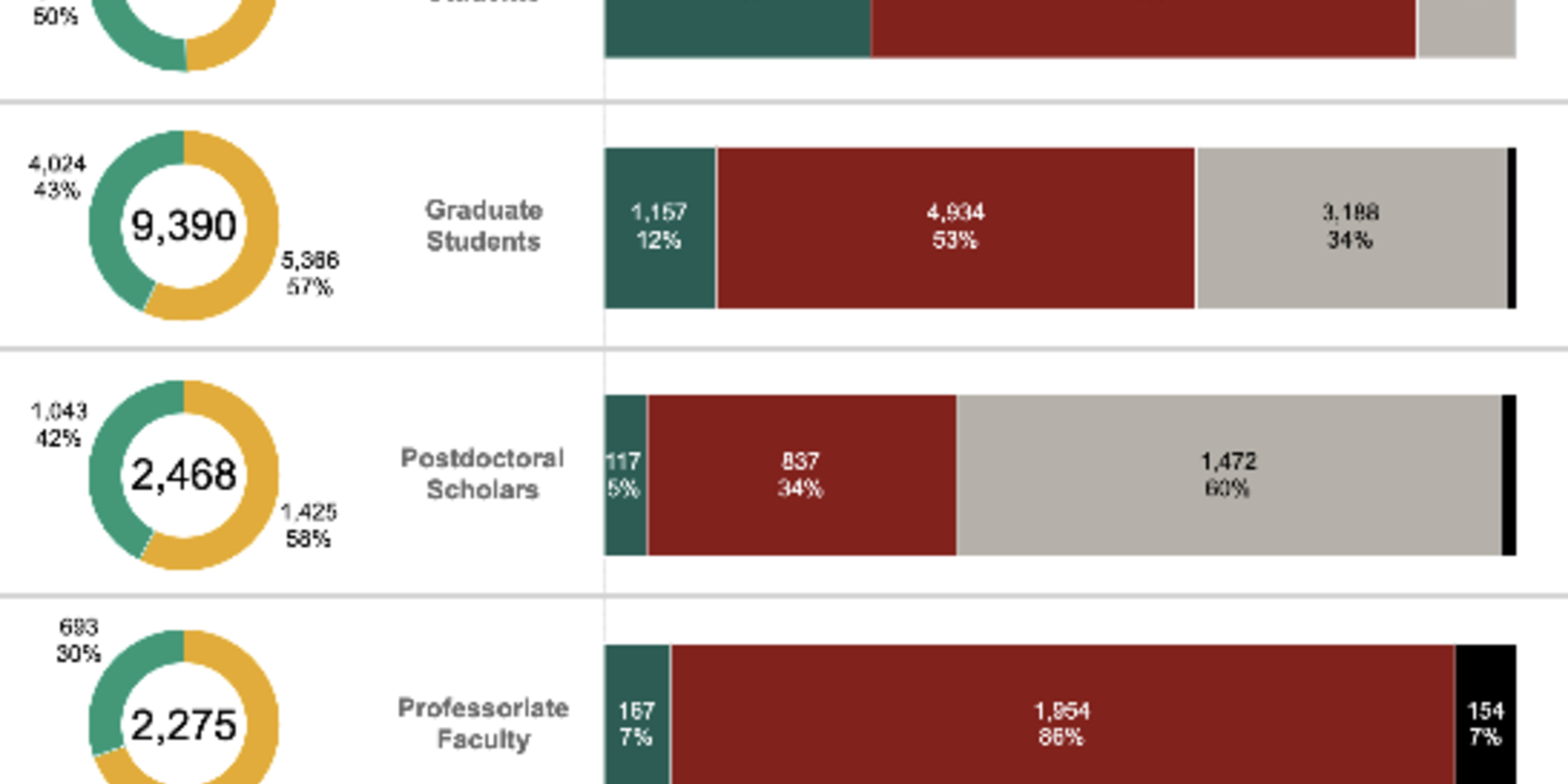IDEAL Recent Accomplishments
“To advance education, it is essential to be exposed to views and cultures other than one’s own and to have one’s opinions and assumptions discussed, debated, and challenged. Such engagement expands our horizons, promotes intellectual breadth, and enables understanding across differences. Recognizing this, we must clearly articulate why values such as embracing differences and ensuring equity of treatment are important to us, what goals we have set to advance our commitment to them, and the actions we will take to achieve these goals. The IDEAL initiative serves as the vehicle through which the university will do this.”
– Provost Jenny Martinez
The IDEAL project team began its work in fall 2018. The team is divided into four systems: Recruitment, Engagement, Education and Research. These four systems worked both independently and collaboratively to create a strategic plan to reach the goals of IDEAL.
In addition, Stanford’s seven schools have embarked on independent projects and programs to align with the goals of IDEAL.
IDEAL Systems Initiatives

Recruitment System
The Recruitment System covers all activities related to recruitment, starting with early outreach and ending with candidates committing to attend (for students) or accepting appointments (for staff, faculty and postdocs).

Engagement System
Engagement begins after recruitment, at the moment when onboarding or orientation begins, and it continues until an individual is no longer formally connected to Stanford.
School Initiatives

Doerr School of Sustainability







